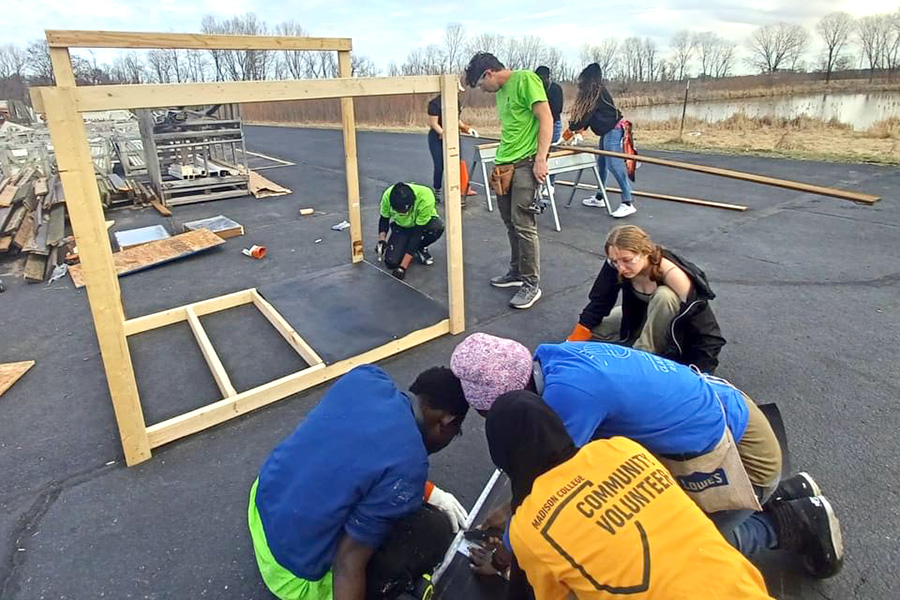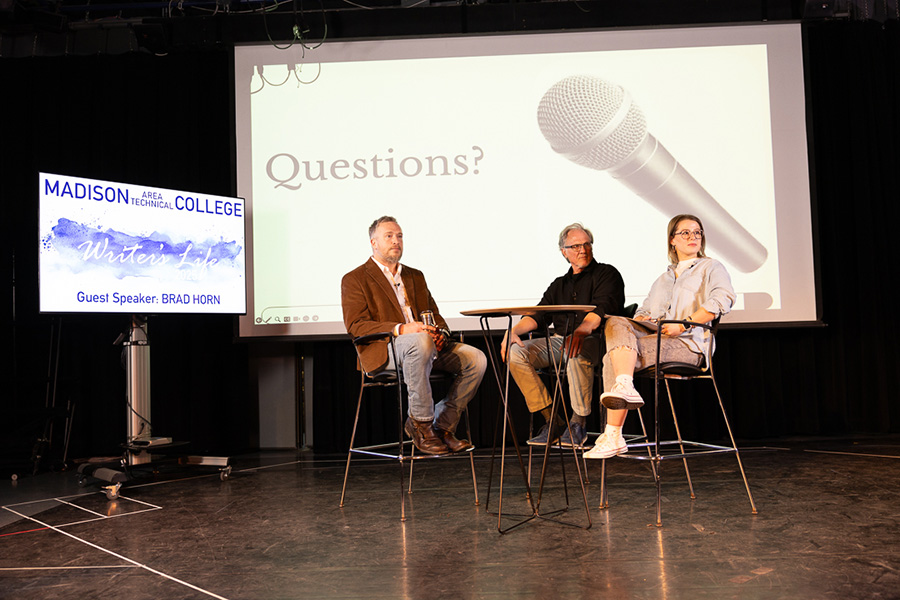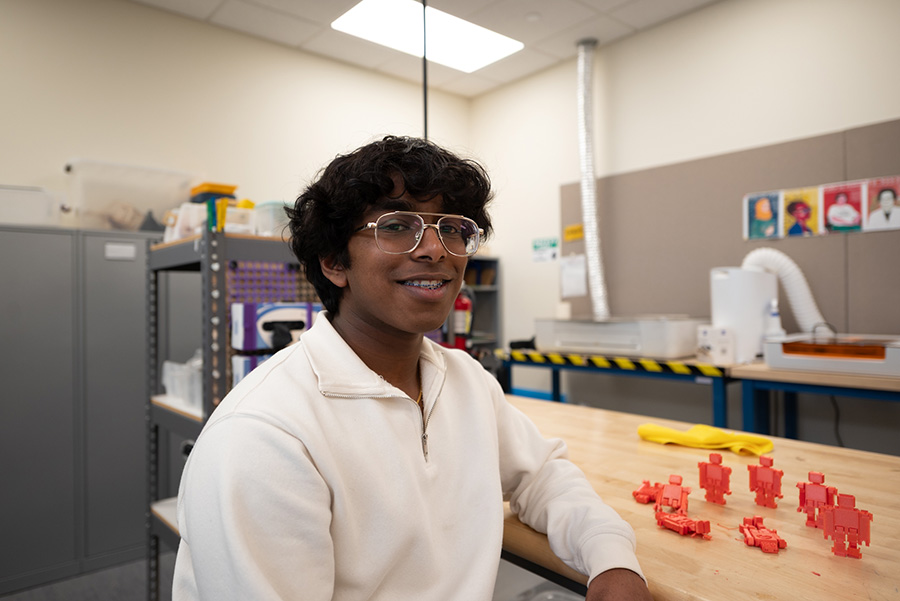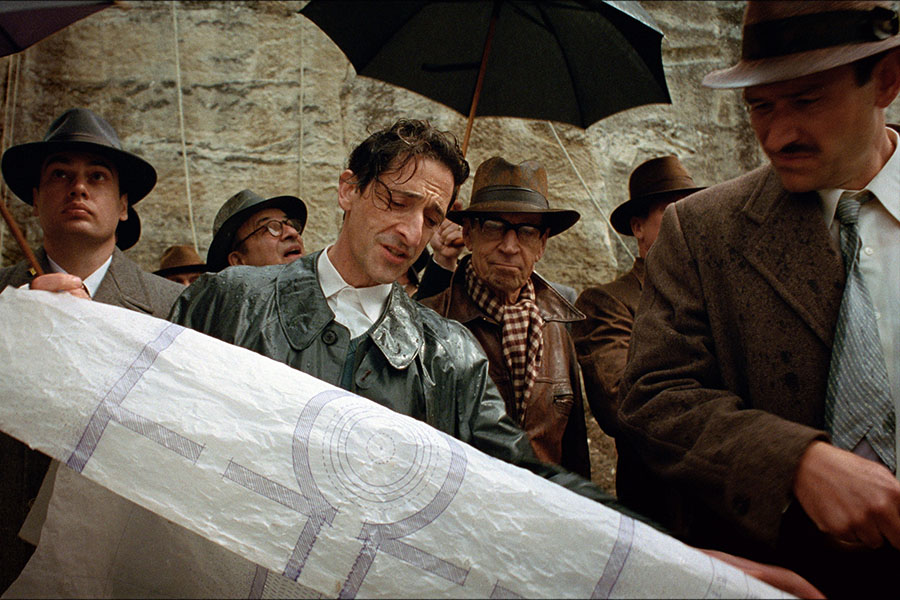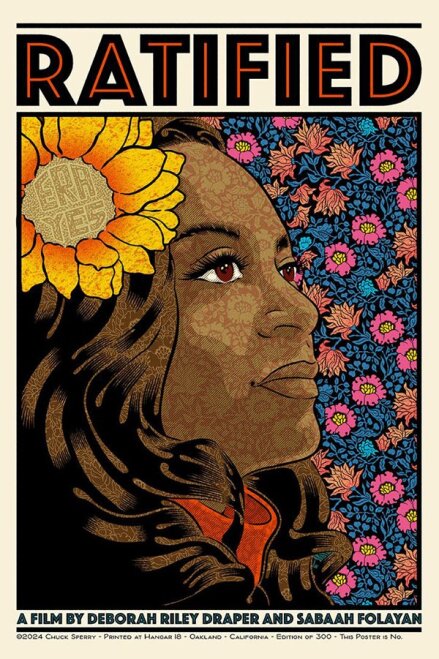Comparing the magnitudes of the crimes committed on Sept. 11, 2001 and the tragedy in Norway on July 22 earlier this year is just about impossible. However, the feelings and the reactions are quite comparable. The anguish, shock and sudden fear are all components that were present in each act of terrorism.
For Larry Hansen, Madison College instructor, all of those emotions were a part of his recent stay in Norway. Hansen’s wife is a native of Norway. Hansen and his family stayed in Norway until early August.
“All of my relatives from Norway were shocked, but they dealt with it at the time, as best as they could,” Hansen said. “But myself, I felt so simi- larly to how I felt after 9/11.”
Hansen, whose wife is from Norway, stayed in Aas, Norway with his family, just 40 kilometers or just under 25 miles outside of Oslo. Hansen taught all of his classes online via Blackboard and YouTube from The Norwegian University of Life Sciences in Aas throughout the spring semester.
On that fateful day in late July, the country of Norway saw its worst tragedy since World War II as a total of 77 people were killed. Anders Behring Breivik, a 32-year old Norwegian man, carried out the attacks on July 22 by setting off a car bomb in Oslo, killing eight people. The car was adjacent to the office of Jens Stoltenberg, Norway’s Prime Minister. Following that, he shot and killed 69 people on the nearby island of Utoya.
Breivik was against the Labour Party in Norway for supporting Muslim immigration. He was called a demon for his actions. He then referred to his actions as “necessary.”
Just like many who remember what they were doing on September 11, 2001, Hansen recalls exactly what he was doing the very moment he received word of the terrorism in Norway.
Hansen’s children were at their Norwegian relatives house having a sleepover. Hansen and his wife were about to have a visitor from Oslo come for dinner. His wife then received a text saying there was an explosion in Norway.
If there was any parallel to September 11, it was the shock of it all unfolding before their eyes on the television screen.
Initially, there was shock. However, Hansen said he and his wife assumed that it was some sort of gas explosion. However, as the day played out, they realized it was something on a bigger scale than just a simple gas explosion.
As the day played out, with the world’s technology offering up to the second communication, they found out that what was going on right on their television set. As they day unfolded, they realized that what they were seeing was no accident. What they were seeing was the aftermath of intentional actions rooted in pure hatred.
“It was like 9/11 we are watching the TV and all of the sudden someone is killing people as we watch it and the police aren’t there yet,” Hansen said. “It was just surreal.”
The time afterward was similar to September 11, as Hansen explains. It was natural to be on edge. As he explains, questions just started to go through his head one after another. Was there a second person? Was there a third? Were there different cells? Were they out there now? All of those were questions after the initial moments of the day.
Norwegians have a strong sense of community led them make the steps of recovery under difficult circumstances.“They had such grief that the only way they thought they could get through it was to do it together,” Hansen said.
In part, the Norwegians bonded together because of words from Stoltenberg. Stoltenberg stated that the people of Norway were “broken hearted, but not broken.” Stoltenberg’s words and the strong Norwegian sense of community led to them making the steps to recovery.
“We will not allow our fear to break us,” Stoltenberg said. “Evil can kill individuals, but it can never defeat a whole people.”


